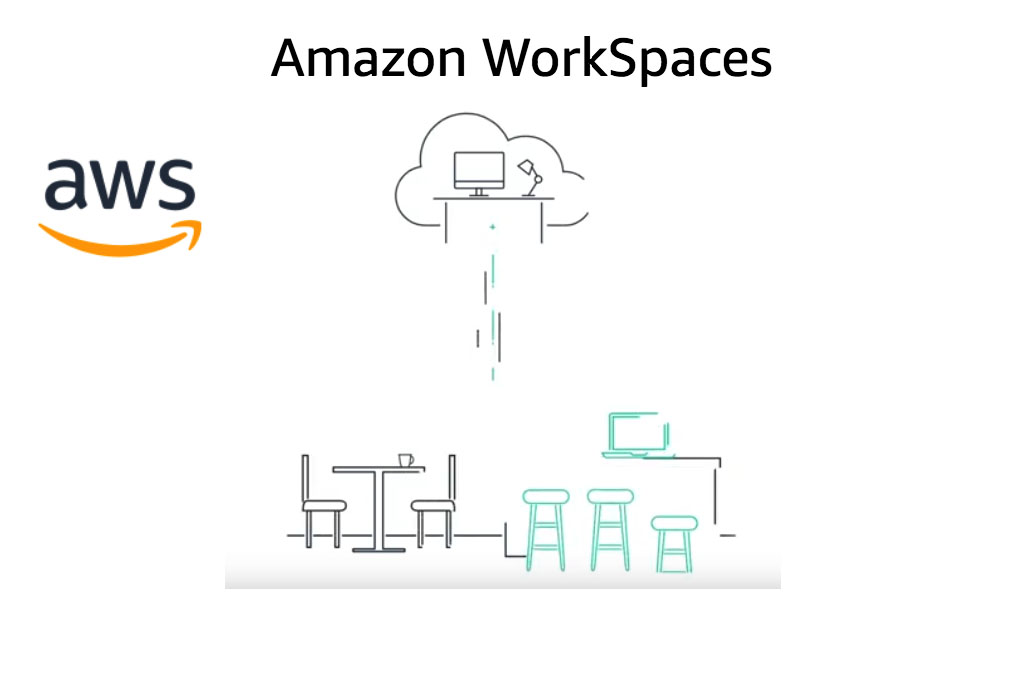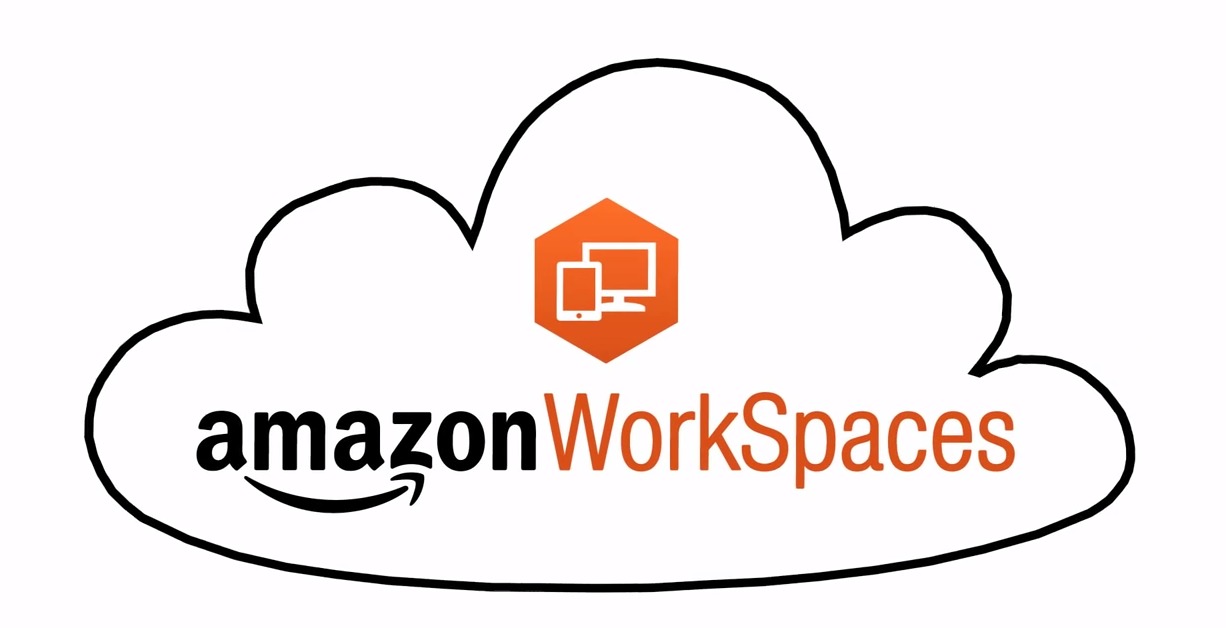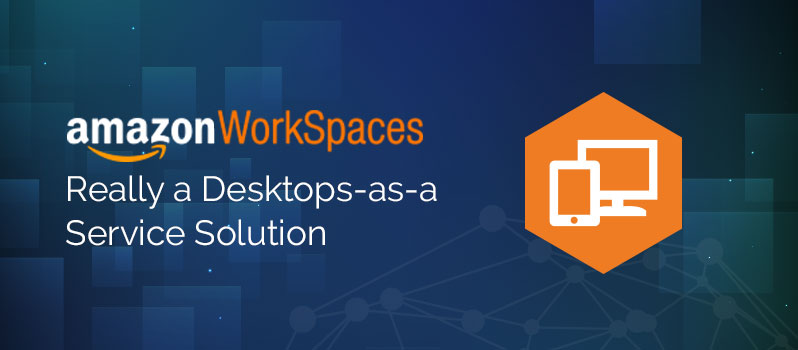

In addition, this approach allowed existing users within the domain to be quickly assigned to an individual AWS Workspace using the same credentials they had been using to access their physical work computers in the office each day. As WorkSpaces were added in AWS, the WorkSpaces then appeared as computer objects in the customer’s Active Directory. Our team connected the client’s on-prem Active Directory (AD) to WorkSpaces using an AWS AD Connector. We had previously provisioned the majority of this customer’s networking infrastructure needed to connect the WorkSpaces environment to the resources users would be accessing. While this isn’t the primary purpose of WorkSpaces, it added extra value to the client’s solution. They reached out to Onix, and our team advised them of the steps needed to make 100 WorkSpaces readily and quickly available with a secure connection that was able to replace the need for a client VPN deployment. Our customer didn’t have a VPN solution in place but needed its workers to work from home. In fact, we recently worked with a multinational financial services client that has workers in both the United States, Italy and the United Kingdom to deploy Amazon WorkSpaces. With the current, sudden push to move workers to a remote-first working environment, AWS WorkSpaces is a highly viable solution. How Are Organizations Using AWS WorkSpaces?

They aren’t tied to their desk and can work from wherever. Users get a fast, responsive desktop of their choice that they can access anywhere, anytime, from any supported device. In turn, this means you can simplify your desktop delivery strategy.

It reduces the hassles and costs related to managing inventory, OS versions and patches. Instead, organizations can simply release a revised Amazon WorkSpace bundle that takes advantage of a new OS (Windows or Linux) with increased technical specs. Its flexibility allows organizations to minimize hardware depreciation because they don’t have to buy updated hardware every three to five years, which is the customary practice. What are the Advantages of Amazon WorkSpaces?
#AMAZON WORKSPACES SOFTWARE#
This solution allows for a customized bundle for each user desktop that includes an operating system, compute resources, storage space and software applications that permits users to perform day-to-day tasks just as if they were using a traditional desktop. You also can use thin-clients (essentially a terminal with a minimal embedded operating system and a network interface) to access WorkSpaces.
#AMAZON WORKSPACES MAC#
It can be accessed via devices running Windows, Mac OS, Linux, ChromeOS, Android, FireOS, Apple IOS, and web browsers. It’s managed and secure and gives organizations an alternative when building closures are required, natural disasters occur or organizations need or choose to eliminate traditional client VPN solutions.Īmazon WorkSpaces offers immense flexibility. This cloud-based, virtual desktop service can replace a traditional desktop and “plays nice” with every device and platform in the process. Now that we’ve done a high-level view of AWS 101 and also talked about the Amazon EC2 service, we’ll dive into a closer look at this virtual desktop offering from AWS. Amazon WorkSpaces is one such answer to this dilemma.

It can place a heavy burden on IT as they scramble for a solution when a VPN fails or might not be available. So what does that mean when an entire workforce needs to stay home and work at the same time? Many institutions still use desktop computers. Not all workers have access to company laptops in today’s growing work-from-anywhere world.


 0 kommentar(er)
0 kommentar(er)
